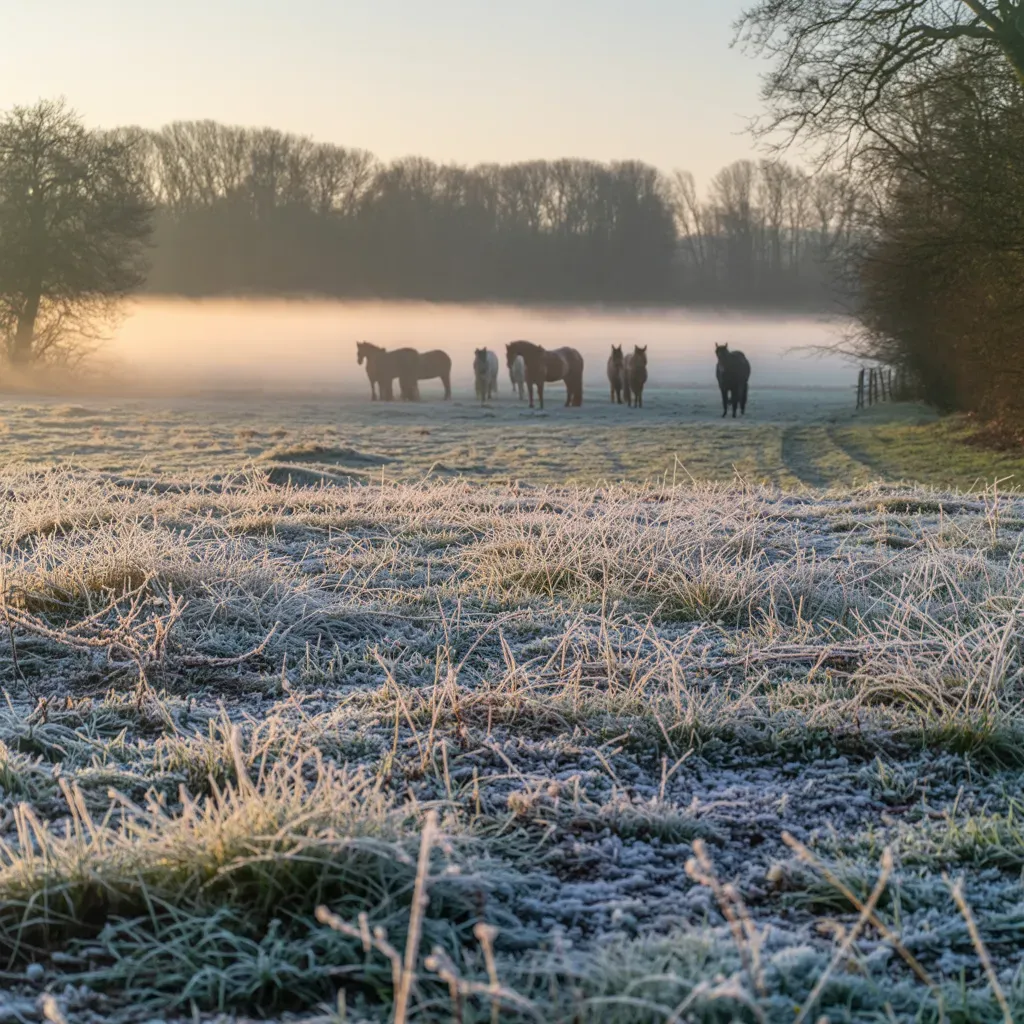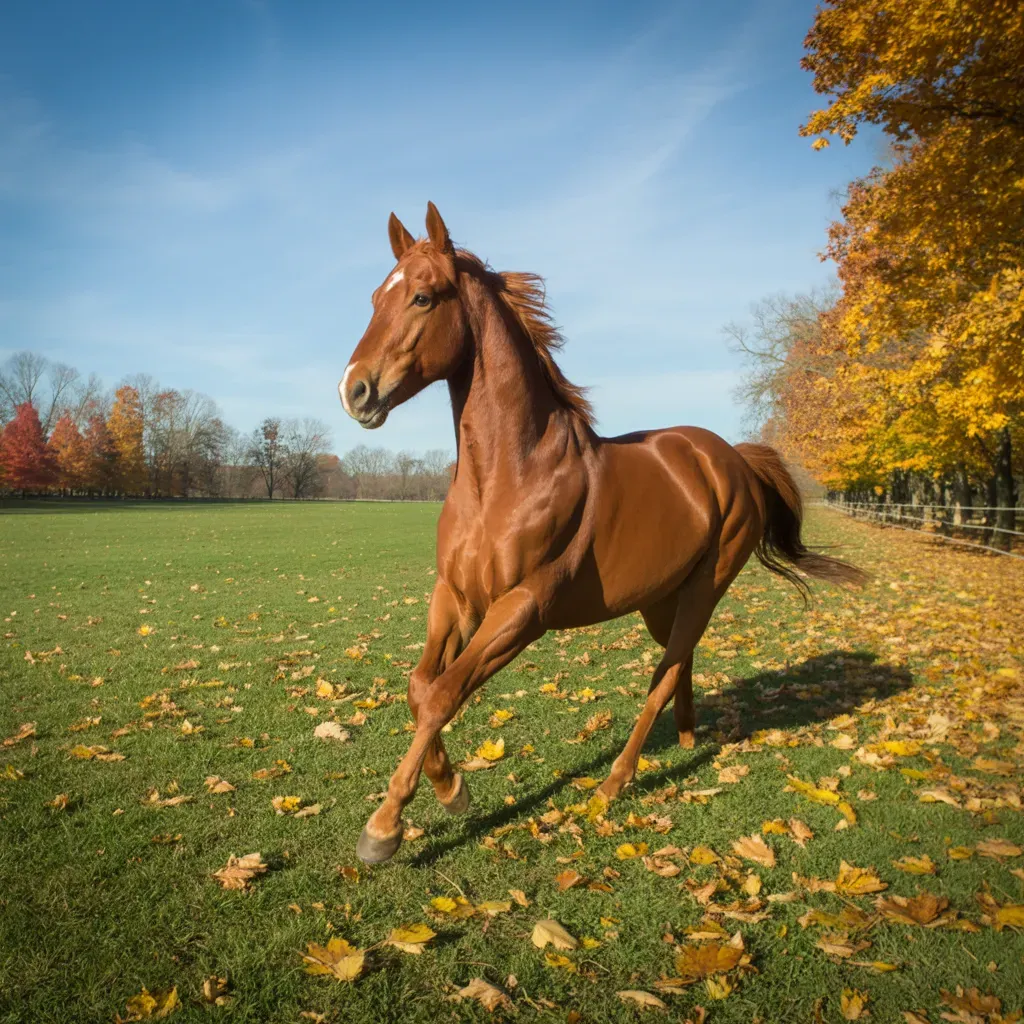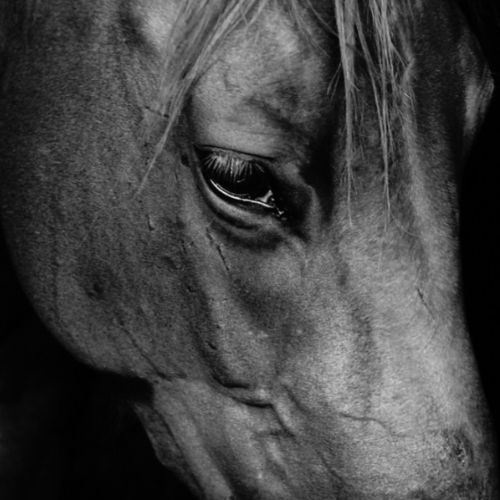Sugar content in our paddocks
Needing a break from the new website design, I went off surfing for a blog subject, and very topically came across a seasonally appropriate article on sugar content in our paddocks, which I'm pretty sure is right up there at the top of the list for every one of us at this time of year!
So, after an ‘interesting’ start to our year - almost 4-months of torrential deluge which triggered the highest levels of tree pollen allergies and laminitis that we’ve ever seen here with our EquiNatural clients, followed by an almost overnight drought with soaring temperatures and dried, cracked, baked paddocks with zero grass - what better time to do a quick blog on this very subject?
All courtesy of Dr Christina Fritz, with a guest article from Helmut Muß of Die gute Pferdeweide, translated as ‘The Good Horse Pasture’, who breaks this all down for us and explains what factors influence sugar in grass.
Quick reminder -
- Sugar is the fuel for plant growth and forms the main source of energy for our horses – cellulose, which consists of complex linked sugar molecules and sits in the stems of grass that’s been allowed to grow.
- Then there’s our old friend fructan, a short-term sugar storage that the plant produces to store its sugar when it produces more than it uses.
Now to the three important factors that determine our grass’s sugar content - the weather, the soil's nutrients, and the various grass species themselves.
Weather
We all know that grass needs heat, sunlight, water, CO2, and specific minerals, to produce its fuel - sugar.
Temperatures below 5-8 C° or above 25-30 C° will cause the rate of photosynthesis and growth to drop sharply. If it’s too cold, the biochemical reactions take place too slowly, growth will stop, and the sugar is stored as fructan. Too hot, and the plant’s stomata - its cellular breathing pores on the leaf blades – close up.
During normal temperatures, water naturally evaporates with new water being drawn from the soil into the leaves, but if it’s too hot, the plant will lose too much moisture, so the stomata are closed so the cellular biochemical processes can temporarily shut down. However, don’t think this means the grass is safe - fructan values naturally increase at this time in order to store the sugar for later growth.
Grass will also happily grow when it’s cloudly, provided there’s enough sugar in it’s stores and the right temperature. For example, on a warm night much of the fructan stored during a hot day will be converted into cellulose/hemicellulose, pectin and other structural carbs, so the fructan content the next morning after a warm night will be significantly lower than the previous evening.
Cool nights and/or a morning grass frost? The conversion of sugar/fructan into structural carbs slows down, but, if the next day is sunny and warmer, the fructan content will also rise due to the magic of photosynthesis, which will produce ... more sugar.
If it’s really hot? 30-C plus, photosynthesis comes to a standstill. If it’s also bone-dry, like the recent spell we’ve just experienced, growth also stops and the sugar/fructan content remains stable. If we’re lucky enough that the overnight temperature drops to below 25 C° at night (so at least we can sleep through it) the grasses will use the remaining sugar/fructan reserves for growth, but the overall sugar/fructan content will decrease if there’s no rain, which is what we've just had in Somerset till last week.
Here's a snapshot:
• Daytime sunshine/cold night – very high fructan content
• Daytime sunshine/warm night – middle
• Daytime cloud or rain/warm night – low
• Daytime cloud or rain/cold night – middle
• Persistent dry - high
Kind of obvious I know, but shady areas such as under trees, will have a lower fructan content than open areas thanks to the reduced sun power, so we'll get longer grass during dry spells due to the higher soil moisture in the shade.
Mineral nutrients
Here’s a perfect analogy that The Good Horse Pasture website uses - "If there’s no bricklayer, a house won’t be built, no matter how many electricians and carpenters are on the construction site."
Same with grass growth and its nutrient needs. As always, the correct balance of nutrients can be complex as the grass plant needs all its required nutrients in both balanced, and sufficient, ratios to grow. If a nutrient is missing, the grass’s metabolic growth processes won’t happen, hence why a basic soil analysis is always a good plan as each grass species has its own requirements, strengths and weaknesses. Exactly the same as our horse’s chemistry; their body needs all its required minerals in the right ratios/balance to each other, in order to grow and thrive, hence why we have equine 'mineral balancers'.
And, of course, the nutrient requirements of the grass type will depend on the soil nutrient quality and the climate, i.e. alfalfa/lucerne requires practically no nitrogen in the soil for its growth, whereas every horse’s nemesis, ryegrass, becomes stressed if there’s not enough nitrogen in the soil. Don’t think this is a good thing, though, as when stressed, ryegrass will form very high sugar values with low protein values (never mind that it’s also considered toxic due to its high endophyte content, which as we all know too well can trigger laminitis, as well as foetal abortion).
Grass-species sugar differences
In a US study from 2018 (Utah and Colorado), total sugar levels were measured on 24 different types of grass over two years.
No surprise for guessing which came out of top – ryegrass! Up to a whopping 36% was measured, yet you’ll still see ryegrass in paddock seed mixes, and even often described as ‘low-fructan’ 🙄
The ryegrass was closely followed by tall fescue, then a bit of a gap to timothy, red fescue and meadow foxtail.
To conclude
No need to suggest to any horse carer to watch what the weather’s going to do 😉, but if you can provide a shaded area for persistent drought and warm, sunny days with cold nights, you’ll get less sugar/fructan than areas open to the blazing sun.
Also, it may pay to be mindful of a needs-based supply of nutrients in your pasture. A soil analysis isn’t expensive, but definitely a whole lot cheaper than acute laminitis or colic.
It would seem that the more a horse reacts to sugar/fructan, the more diverse the grass species should be, with ryegrass completely banned. I’m still shocked to hear of former cattle farms who have diversified to offer equine livery facilities, still with visible and abundant ryegrass in the pastures. To quote one of my favourites, "A horse is not a cow." Despite what some farmers might think ...
I’ll leave you with a final thought - apparently, just because your grass has been eaten down to the ground, it’s not necessarily poor quality! How sugar-rich the grass is will always depend more on the grass species, the weather, and the soil nutrient levels, so maybe it’s not a bad plan to be factoring in a routine annual health plan for our grasslands. Our beloved metabolic-sensitive poppets will definitely thank us for it 😉










